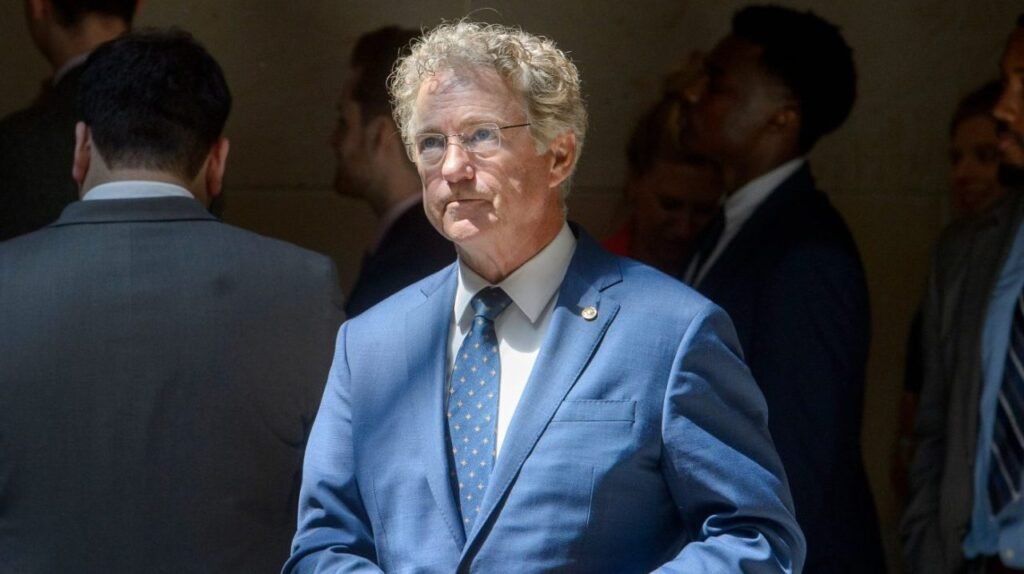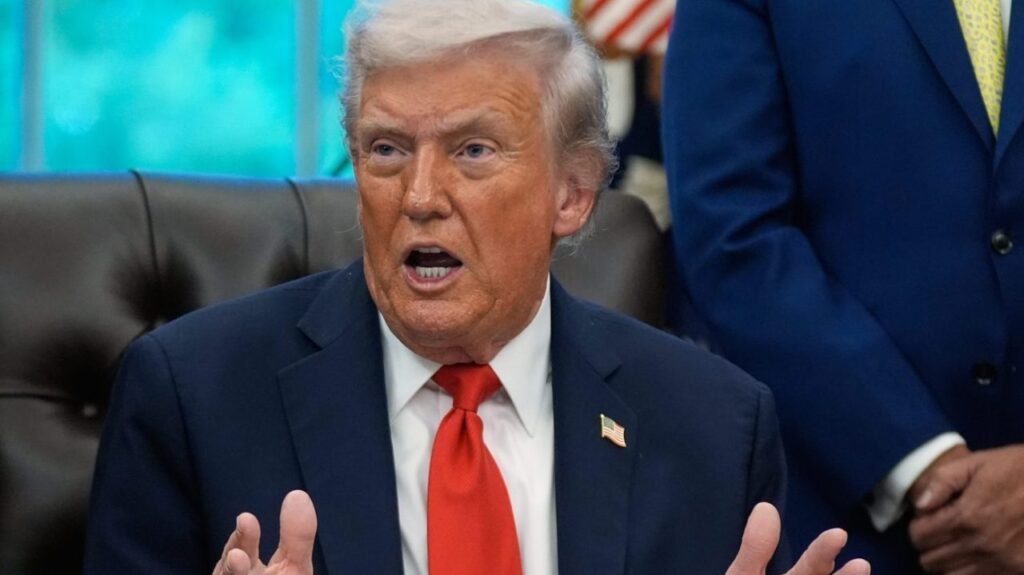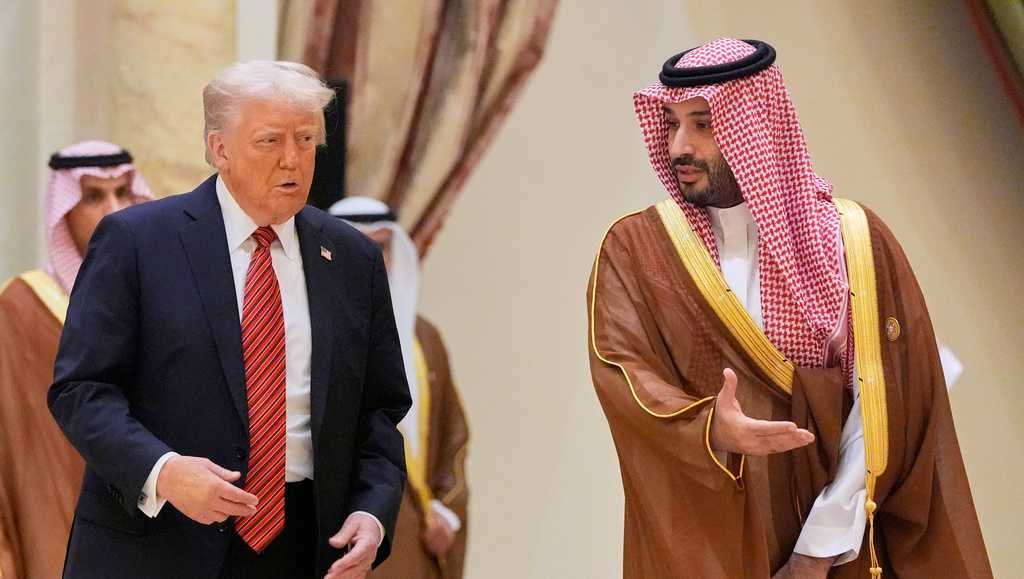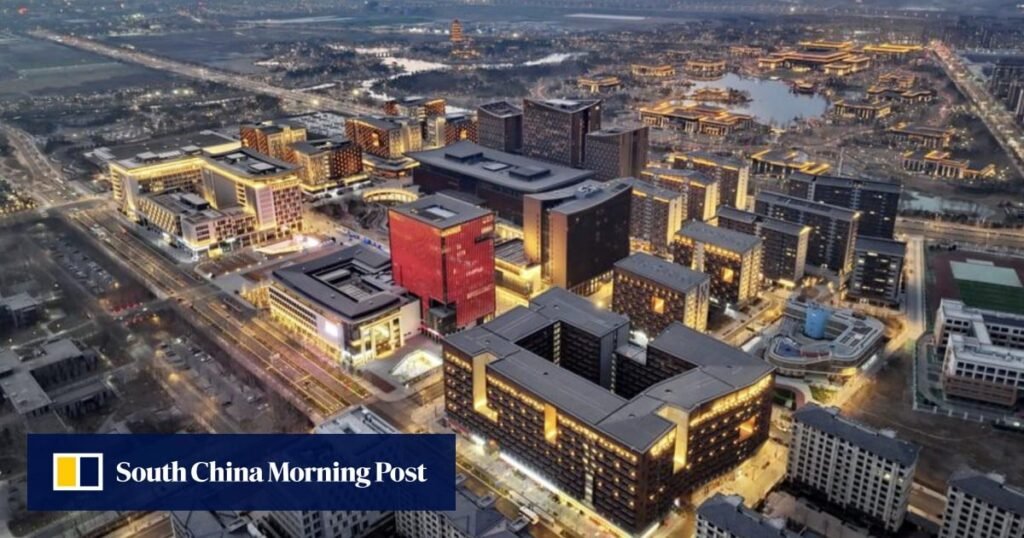This story appeared in The Logoff, a daily newsletter that helps you stay informed about the Trump administration without letting political news take over your life. Subscribe here.
Welcome to The Logoff: President Donald Trump is demolishing the East Wing of the White House without review, recourse, or an approval process.
Why is this happening? Trump announced plans over the summer to build a privately funded ballroom adjacent to the White House. At the time, Trump said that the ballroom “won’t interfere with the current building. It’ll be near it, but not touching it.”
Is he allowed to do this? It’s not clear who can, or will, stop him, especially with the East Wing already substantially destroyed. (It’s set to be entirely demolished by this weekend.) There are at least two commissions that are usually involved in changes to the White House; neither has reviewed plans for the demolition.
Why does this matter? It’s hard to keep the partial demolition of America’s most famous building a secret, but this is as close as it comes. The East Wing is newer than much of the complex, but it’s still a key piece of American history being destroyed with no chance for lawmakers or the public to weigh in, all in service of one of Trump’s personal projects. This isn’t the first change Trump has made to the White House — he paved over the historic Rose Garden and festooned the Oval Office with gold earlier this year — but it’s by far the largest and the most permanent.
What’s the big picture? The destruction of the East Wing is just the latest example of how Trump is governing. His administration’s blitzkrieg evisceration of the US Agency for International Development is another, as is the hollowing out of the Education Department and scientific agencies like the Centers for Disease Control and Prevention.
It all points to a larger asymmetry that the administration has exploited to the fullest: It’s far easier to destroy than to put something back the way it was, whatever a court may later say. In the case of the East Wing, it will be impossible.
And with that, it’s time to log off…
This story from Wired, about Easter Island’s massive moai statues, was a fascinating read. The short version — scientists think they have a theory for how the centuries-old, multiton statues were transported to where they now stand: They were “walked,” essentially rocked back and forth with ropes to move them slowly along a road. You can read the full story — and watch a video of scientists moving a replica statue — here. Have a great evening!







